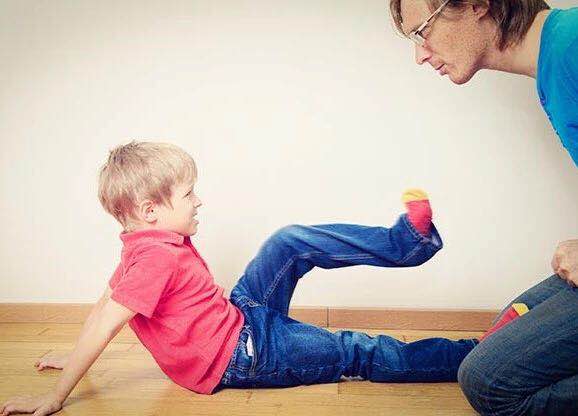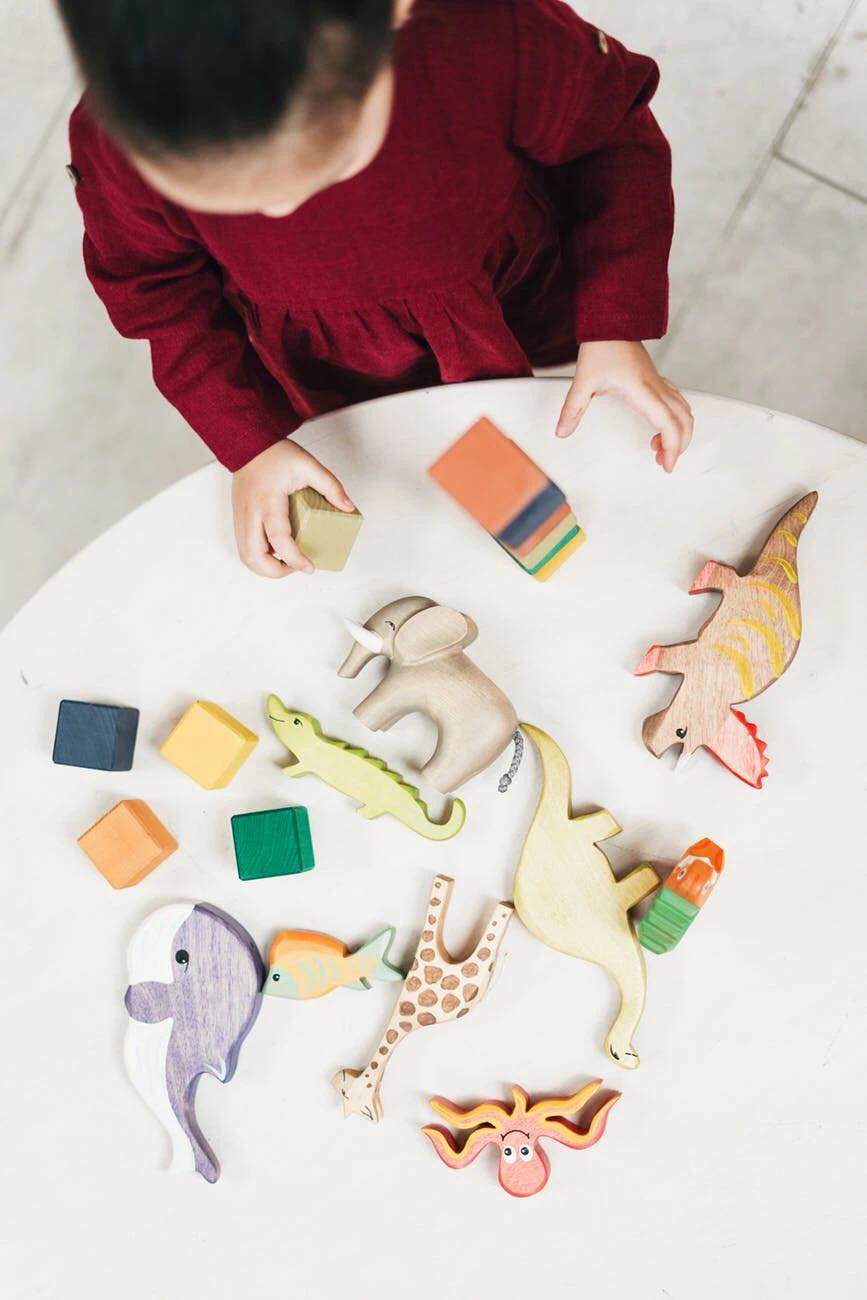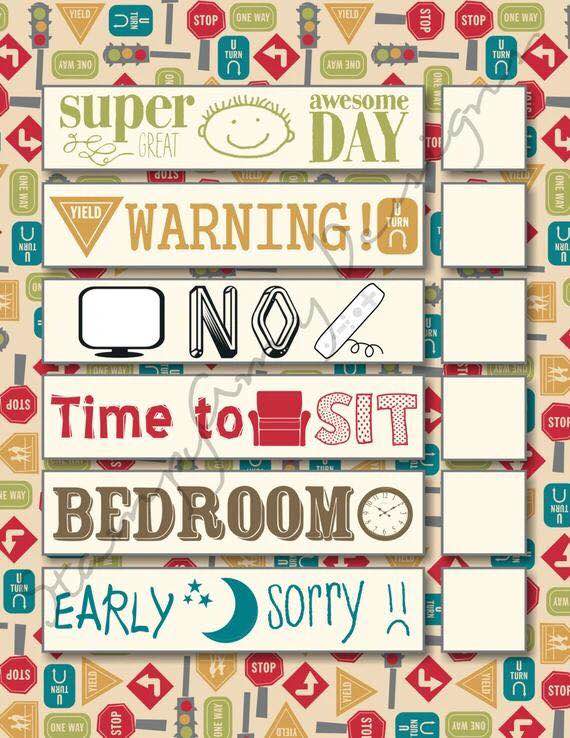Managing a child’s undesired behavior is one of the many challenges that parents face every day. A child’s behavior changes at every turn and at every age, and when one behavior goes away, another one often emerges to replace it.

1 It is going to get worse before it gets better.

Many parents start with a plan, a good plan, to change their child’s behavior, only to face push-back from their child. They experience a turn for the worse, before finally raising the white flag and letting things go back to the way they were before. Granted, it may be a better, less energy-consuming option than an aggravated version of the original behavior.
However, it is important to recognize that this may be your child’s attempt at protesting what is a sudden and uncomfortable change, and that it is only natural for them to repeatedly test your resolve at the proposed change. At this point, some parents start thinking that the strategies they have been given for behavior management are not working, at least not for their children. After all, there is no one-size-fits-all solution to behavior management, right?
But all it takes is a little persistence to pass through the worst! For any new strategy, try it out not just once or twice, but maintain it for at least one or two weeks, and you’ll start seeing your child’s seemingly stubborn resolve slowly chip away!

2 Baby steps matter!


3 Consequences work like magic.
So as hard as it may feel, we need to be firm. Being firm doesn’t mean saying “If you don’t listen to me and do ___ (or stop ___), I’m going to ___”. In fact, that’s threatening, and it can be an open invitation for our children to challenge us.
Rather, being firm and handing out a consequence is a way of telling our children what the boundary is and the effects of crossing it. At the end of the day, it’s about giving our children a chance to make the right choice and teaching them what it means to be responsible for the choices they make.

For example, imagine it’s “Work Time”, and you want your child to sit through some work (that he/she can definitely achieve success in). Your child says no, and goes off to play with their toys. You can say “First work, then play. No work, then no play”. You could even allow your child to first pick the toy he or she wants to play with after “Work Time”. BUT if your child insists play time comes first, and throws a tantrum, the consequence would be to take the toy away, let your child calm down, then re-introduce the options – “First work, then play. No work, then no play”.

4 Focus on shaping your child’s character.


5 Consistency, consistency, consistency!

I’ve had a parent recently share with me an account of his 2-year-old son’s teacher telling him that his son, Tod, is observed to lose attention very easily. The teacher asked if Tod had been using the iPad too much at home. It dawned on this parent that his morning routine of handing Tod the iPad to occupy his attention had to change. And boy, did Tod cry because of this sudden denial of his (probably favorite) morning toy! But through consistency, Tod gradually started to learn to entertain himself, picking up toys to play with, and the iPad was forgotten soon enough.

Hopefully these 5 tips will help! Be patient, be firm, and be consistent. Soon enough, you’ll find joy and success in managing the behavior of your child at home. 😊

